"Hungry Ann": The Story of a Woman Who Lived Without Food for 5 Years
Categories: Celebrities | Health and Medicine | History
By Pictolic https://mail.pictolic.com/article/hungry-ann-the-story-of-a-woman-who-lived-without-food-for-5-years.htmlThe capabilities of the human body have not been fully studied. Therefore, from time to time, people with unique abilities that cannot be explained appear. However, many of these unique individuals later turn out to be clever swindlers. British Ann Moore, who lived in the 19th century, once announced that she could live without food. The woman underwent a rigorous test, which confirmed her rare gift. This story ended very unexpectedly.
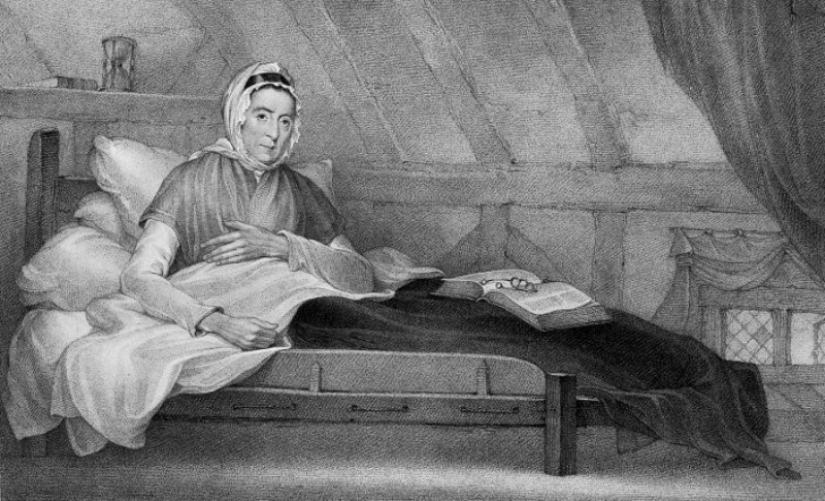
Anne Moore lived in the small village of Tutbury in Staffordshire. Until she was forty, her life was pretty ordinary - she worked hard, struggled with her husband's drinking, and raised her children. But everything changed when, at forty, her husband left the family and went to London. There was very little money left to live on, and soon Anne and her children found themselves on the brink of starvation.
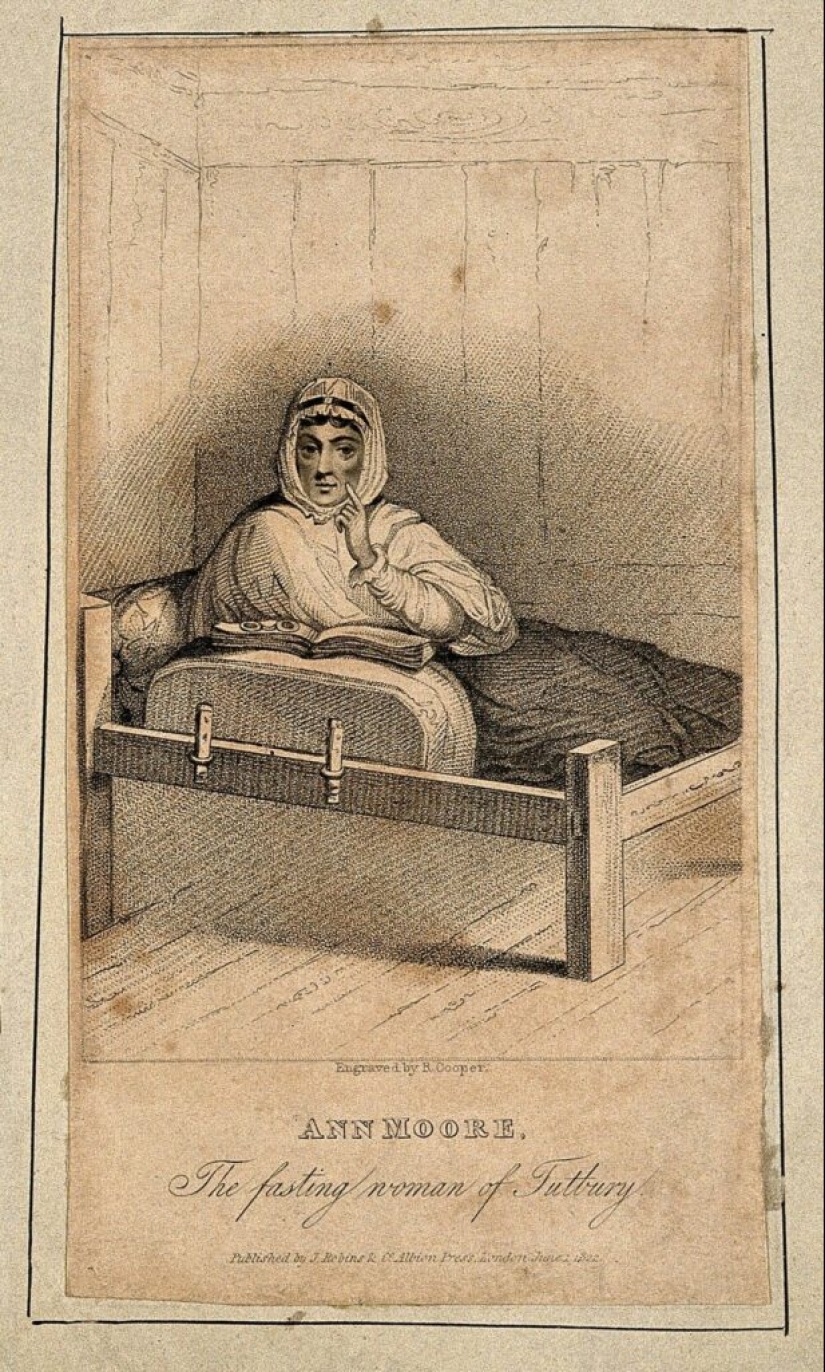
One day, Moore confessed to a friend that she no longer ate and did not feel the slightest discomfort. The news quickly spread around Tutbury and then reached the county capital of Stafford. The unusual story attracted the attention of journalists, and soon several newspapers wrote about the woman.
The press met with Ann, and she told them her story. According to the woman, she lost her sense of head in late 1806, and by the spring of the following year, she had completely given up solid food. At the same time, she felt fine, and by the summer of that year, she had even stopped drinking water. At the time of the interview, it was already 1813, so more than five years had passed since Ann had eaten or drunk anything.
Ann Moore was dubbed "Hungry Ann", and her phenomenon sparked heated debates. Representatives of medicine, as the most progressive part of society, believed that the cause was a malfunction of the digestive system. Others were inclined to think that the woman was simply a fraud and skillfully deceived the public. There was another version: supporters of mystical ideas believed that Ann was feeding on ether - a hypothetical subtle substance popular at that time among mediums, magicians and even individual scientists.
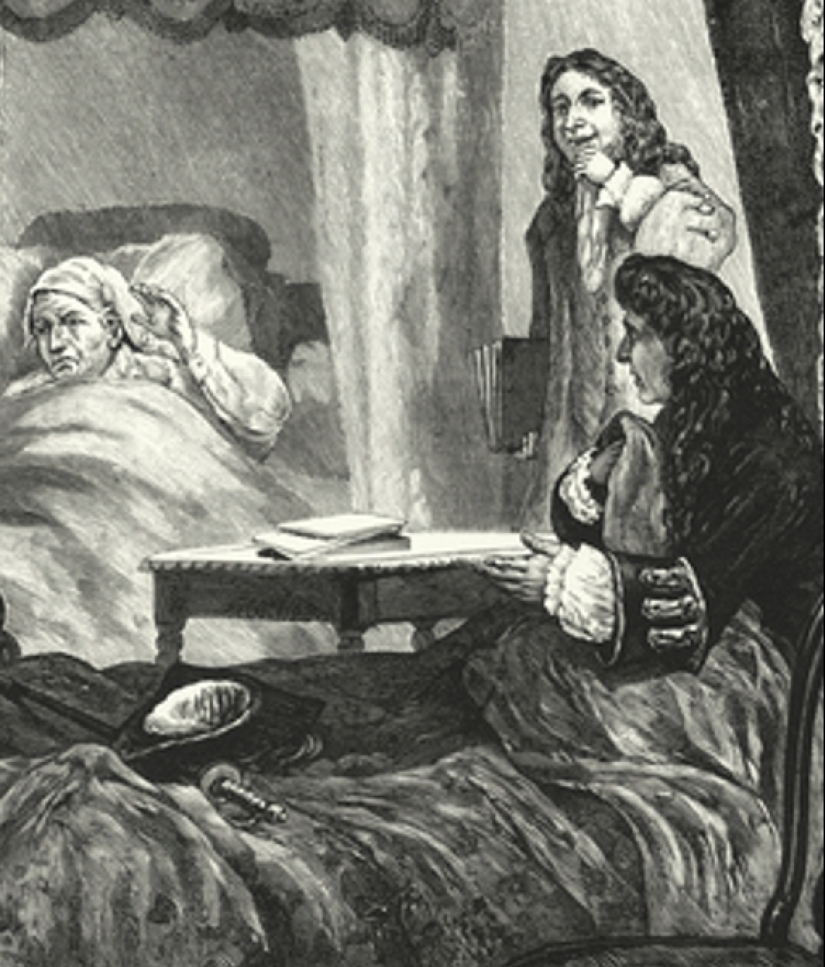
Ordinary people sincerely believed that Ann had been blessed by God's grace and considered her almost a saint. However, to be on the safe side, in 1813 they decided to test her amazing ability. The woman was placed in the back room of a grocery store, the door was locked, and guards were posted. For two weeks, two people were on duty at the entrance around the clock, changing every four hours. To eliminate the possibility of collusion, strangers were chosen as partners. Among the observers were even doctors with a university education.
Anne Moore was feeling fine. She slept peacefully, did embroidery, read books, and conversed with guards without showing any signs of illness. The two doctors involved in the experiment, Robert Taylor and John Allen, had high hopes for scientific recognition. They had already prepared an article for a medical journal and published a scientific brochure, anticipating success.
Anne also benefited from her fame. Thanks to her wide popularity, she began to receive monetary donations from all corners of the kingdom. The first test baffled the skeptics and seemed to confirm the reality of her amazing abilities. However, already in the same 1813, they decided to conduct a second study, which Moore did not agree to for a long time. This time, the conditions were made even stricter.
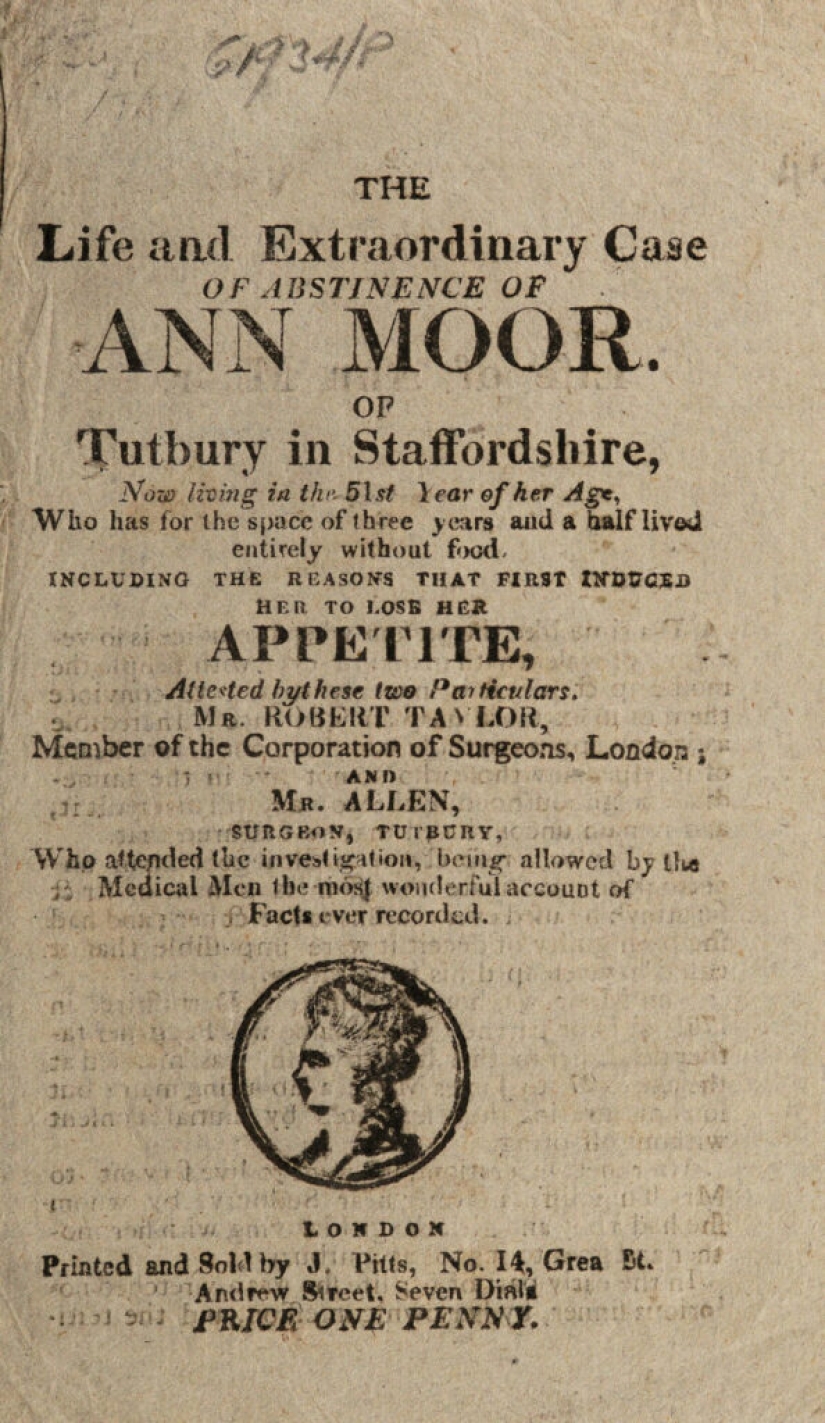
A small cottage was chosen for the new test, which was thoroughly examined down to the smallest detail in search of hiding places with food and water. Anne herself was also thoroughly examined, even checking her personal belongings, including her underwear. However, this time something clearly went wrong. The very next day, "Hungry Anne's" condition began to deteriorate.
The woman suddenly fell ill and said that the damp mattress was the cause. Her voice became hoarse, she began coughing, and her fever rose. In addition, Ann was rapidly losing weight. The eldest daughter, concerned about her mother's condition, demanded that the experiment be stopped, but she was refused. Then the girl decided to reveal her mother's secret.
It turned out that during the first experiment, the mother and daughter cleverly deceived the guards. Every day, the girl came to her mother and wiped her face with wet towels. In addition, they often kissed, and the inspectors, seeing this, did not attach any importance to the kisses, taking them for a manifestation of maternal tenderness.
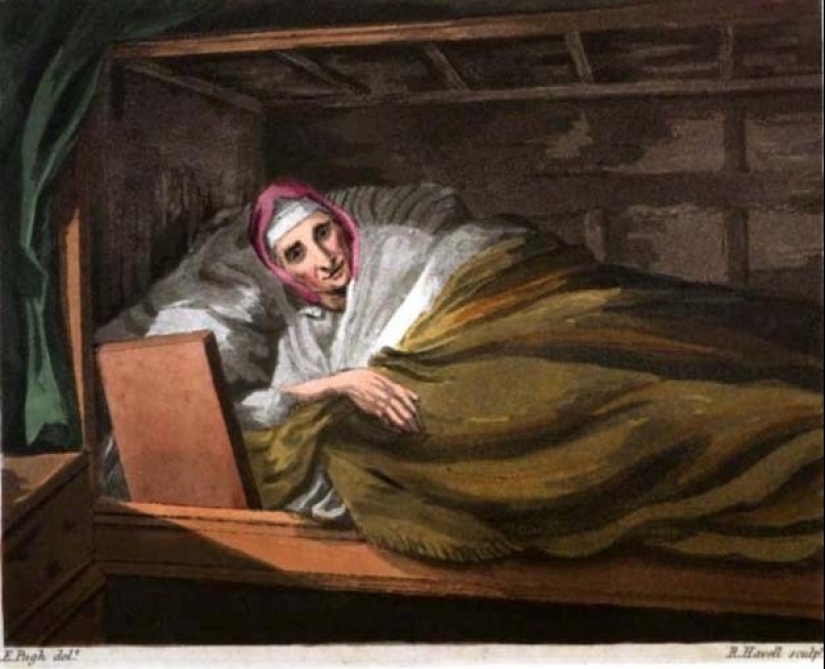
In reality, the daughter soaked towels in broth or milk, gently squeezing the liquid directly into her mother's mouth. Food was also passed around during kisses. This amount of food was extremely small, but enough to sustain life and create the illusion of holiness. When the daughter was no longer allowed near her mother during the second trial, Anne began to rapidly weaken from hunger.
The fraudster was exposed, and the same newspapers that had previously praised her gift now openly mocked her. "Hungry Ann" died that same year, 1813, at the age of 53. Most likely, her health was undermined by extreme fasting. Ann Moore was one of many tricksters who used the theme of fasting for their own gain. But she was a far cry from Dr. Bragg, who deceived millions and made his name and fortune on hunger.
Anne Moore's story is another reminder of how easily people are ready to believe in miracles, even against common sense. Why do you think people continue to believe in such stories, despite numerous debunkings? Share your opinion in the comments!
Recent articles

Of course, we are in no way saying that you see genitals everywhere or that you have a perverted mind or some kind of abnormality. ...

Fishing is one of the most popular hobbies in the world. There are many ways to catch fish, and everyone can choose what they like. ...

To disable a warship, tens and sometimes hundreds of kilograms of explosives are needed. And for several centuries, a sea mine has ...